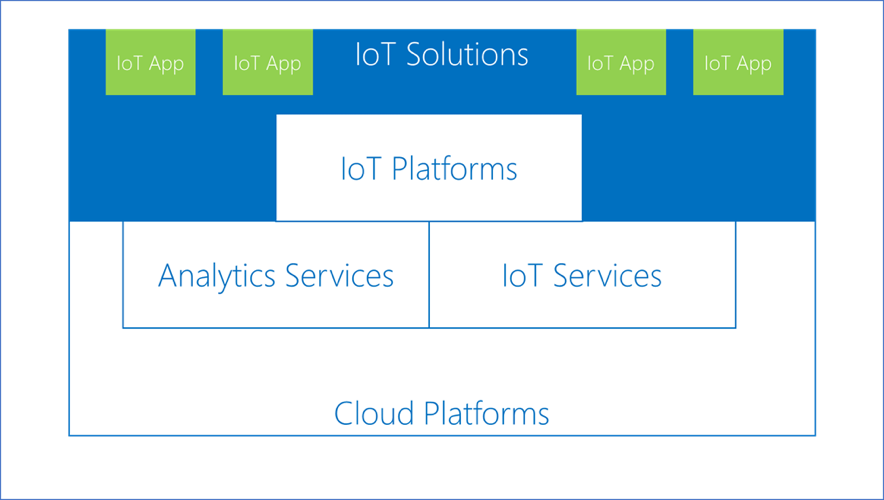The potential of the Internet of Things is a hot topic. Millions of devices that are in communication with one another, intelligent and automatic management of an increasing number of operations, access to huge volumes of data… Connecting things to the internet is bringing many benefits to the world of business. And, inevitably, they all pass through two elements: connectivity and the cloud, two basic elements found on an Internet of Things platform.

Internet of Things in the cloud
Talking about the Internet of Things, or IoT, is talking about Internet of Things platforms. These platforms are the base upon which all the devices with access to the network interconnect, so that they can interchange data and deploy IoT solutions and applications for the end user. In other words, they are the software that connects the hardware, and they’re the base from which we build the so-called IoT ecosystem.
The term “Internet of Things” is an umbrella term for a multitude of devices with internet access, from smartphones to smartwatches, security cameras or industrial machinery. The goal is always the same: to collect data, analyze, optimize and automatize processes and to make more intelligent business decisions. And in order to do that, an Internet of things platform, like Azure IoT or Amazon Web Services, plays a key role.

Structure of an IoT platform in the cloud
The IoT market is offering an increasing number of platform options, solutions and cloud applications. Some are more or less closed, while others allow you to construct an IoT platform from the ground up. As explained in this article by Diego Tamburini from the Azure Industry Experiences Team, in order to decide which to use, it’s essential to understand their structure. These are the components or key elements that make up an Internet of Things platform in the cloud.
1. Cloud platform
The cloud platform is made up of a series of PaaS, or Platform as a Service, that are used as a base for developers to build or develop cloud-based IoT solutions. At the very least, the cloud platform usually includes storage and security services and cloud computing. In addition, public cloud platforms, such as Microsoft Azure and Amazon Web Services (AWS), also offer analytics and cloud software designed especially for an Internet of Things platform.
2. Internet of Things platform
This is the next level and, as we’ve seen, it’s the base that allows all connected devices to communicate, and it’s the base from which the IoT ecosystem is built. It consists of a set of PaaS and SaaS (Software as a Service) tools and services designed for developing IoT solutions. If you want to deploy an Internet of Things platform in the cloud, the PaaS and SaaS are based on that cloud platform, which is responsible for the security, scalability and reliability of the IoT platform.
3. IoT solution
This is an end-to-end software solution that can incorporate the physical connection of devices, the user interface, as well as tasks such as the management and analysis of data. These IoT solutions, designed to meet the needs of a specific Internet of Things ecosystem, are what ultimately facilitate the deployment of an IoT system in a business.
4. IoT applications
These are pieces of software that users use to interact with the Internet of Things platform. To put it another way, they are the visible aspect of the platform. They allow you to develop a multitude of functions, such as data management or the extraction of relevant information, execute actions or take decisions based on data without needing to understand the ins and outs of the platform itself. Each IoT solution has a set of applications that are specific to certain uses.




